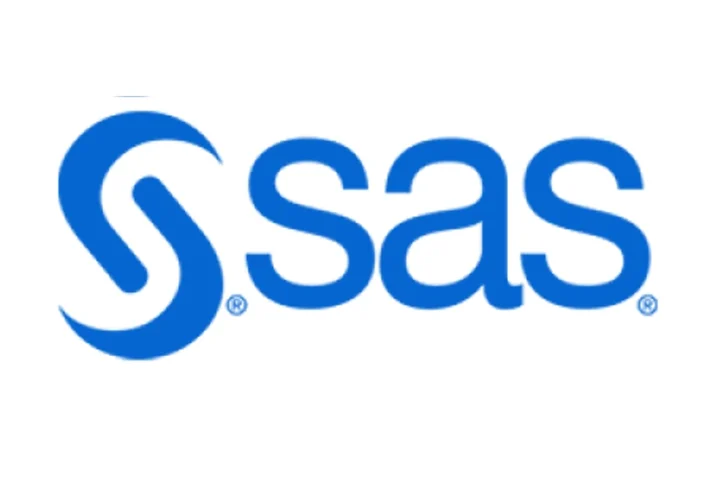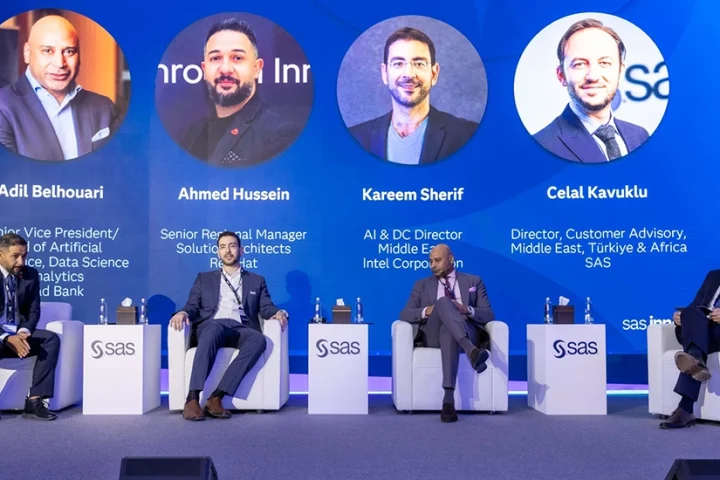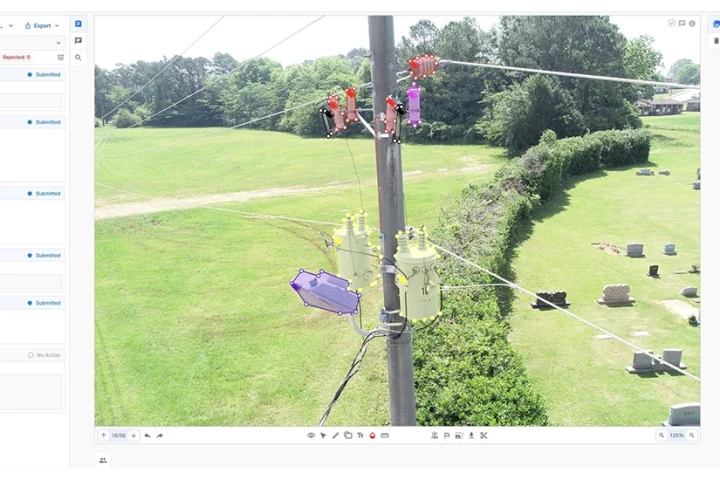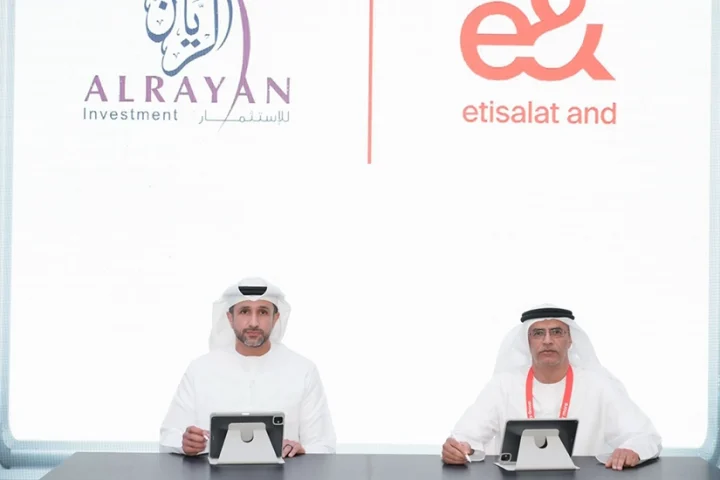Organizations today are facing more complex challenges than ever before, involving vast quantities of data. Given that this data comes from various sources and in different formats, including structured, unstructured, and semi-structured data, an integrated analytics approach is essential for efficiently processing it and deriving insights.
The different artificial intelligence (AI), machine learning, and data science tools and techniques allow organizations to examine the same data from different angles. When applying descriptive analytics on a data set, for instance, it’s like looking at a rearview mirror; it offers organizations an understanding of what happened in the past. With composite AI however, organizations can create solutions that explore and exploit all aspects and perceptions of the knowledge embedded in their data.
According to Gartner, composite AI is “the combined application (or fusion) of different AI techniques to improve the efficiency of learning to broaden the level of knowledge representations. It solves a wider range of business problems in a more effective manner.” While the term is relatively new, SAS has been helping organizations build such solutions, previously known as “multidisciplinary analytics,” to solve their problems for many years. It’s usually the combination of two, three or four AI technologies that provide the best benefit.
How composite AI helps health clinics streamline their compliance processes to stay on top of regulations
SAS D[n]A Factory provides holistic solutions for different domains, one example being the healthcare domain. Composite AI has become vital in the production of healthcare facility compliance violation audits. In practice, you see, healthcare clinics must adhere to specific scenarios for them to be aligned with regulatory standards. These can range from biohazardous waste disposal and room temperature requirements to service-level agreements for complaint acknowledgement and resolution, and everything between.
As a result, healthcare clinics have to continuously collect data from various sources, such as mobile photos from the site, videos, PDF circulars, and policy documents, and then process this data to generate insights for routine compliance monitoring. This is where composite AI comes into play, bringing together the diverse types of healthcare data in the form of a portal which streamlines monitoring and ensures regulatory compliance success.
Consider room temperature, as an example. With a composite AI-powered solution, the clinic’s inspectors would only have to take a picture of each room’s digital thermometer display and upload it to the platform to prove that the room is between 15 to 18 degrees Celsius. Thanks to computer vision, this kind of solution would be able to understand the reading, record it accurately, and determine whether a room passes the temperature requirements or not in an instant, while also minimizing the risk of human error. In a similar sense, the platform is also able to use natural language processing-based results for complaint management, with the output showing the status of the complaint.
Following this, the inputs from AI are collected for audit intelligence, and built into a compliance scorecard. Any compliance violations are monitored and flagged to the regulatory entity, along with the corresponding evidence, like a picture of the digital thermometer showing over 18 degrees Celsius.
Not only is SAS offering cutting-edge composite AI and advanced analytics capabilities, but it provides them in a single platform – SAS Viya, which makes the company unique in the AI and analytics space. With low-code/no-code interfaces available for less-skilled users, SAS Viya brings the benefits of composite AI to everyone, enabling healthcare clinics to get a complete, in-depth, and explainable view of their organization’s regulatory compliance state.
























